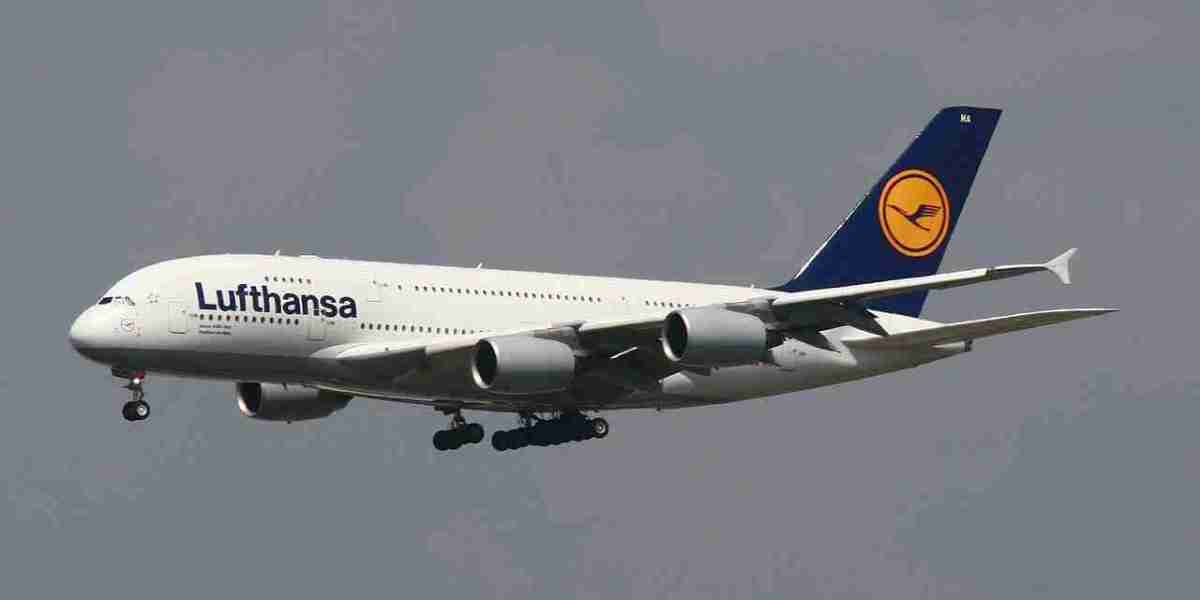Let's find out how the artificial satellites there are maintained in fixed orbits. To understand this, let's first take a look at Newton's world of thought. Suppose a cannon is placed on the ground. A shell was fired straight ahead from it. After moving parallel to the Earth's surface for a while, it will gradually descend. Will fall to the ground.
The main driving force behind this is the force of gravity. If we use a lot of gunpowder to throw the bullet very hard, it will travel further before hitting the ground. At this time it will be moving parallel to the earth for a longer period than before. That is, if we can throw the ball with enough speed, the time it will travel parallel to the earth's surface will be long enough that it will not hit the ground again. At that time the sphere will go around the earth in a circular path.
This mental test first came to Newton's mind. A few hundred years later, scientists were able to use this theory to send artificial satellites into balanced orbits around the Earth. First, artificial satellites are lifted up using rockets. After rising to a certain height, its direction is gradually changed. As if it could run parallel to the Earth.
The artificial satellite is kept in motion at a fixed speed while moving parallel to the Earth. Due to this velocity, the effect of the Earth's gravitational force on the artificial satellite is negated. As a result, the satellites can orbit the earth easily while maintaining balance. By very careful calculations, scientists determine the value of this velocity (orbital velocity) of the satellite. Because, if it's a little more or less, all the arrangements can become bogus. If the value of the velocity is low, the artificial satellite will not be able to completely reject the gravitational force of the Earth.
As a result, its orbital radius will gradually decrease and eventually it will crash into the earth. And if the value of the orbital velocity is high, then it will skip the orbit around the Earth and travel straight towards the deep space. If an artificial satellite is to be placed in a balanced orbit 300 km above the earth's surface, then its orbital velocity should be about 28 thousand km per hour. The greater the distance from the Earth's orbit, the slower the artificial satellite needs to be. For example, at an altitude of 1,000 km, the required orbital velocity value will be about 25,000 km per hour.
Although traveling in a balanced orbit, artificial satellites can deviate slightly from the orbit due to the effects of the atmosphere. Take the International Space Station. Its location is about 400 km above the earth's surface. Although outer space starts approximately 62 km above the Earth's surface, the influence of the Earth's atmosphere extends up to about 10,000 km.
So there is always a small amount of gaseous molecules. Collisions with them can cause the International Space Station to move up to 90 meters towards Earth every day. But there is nothing to worry about. If the deviation is high, it is easily brought back to the correct orbit using rockets attached to the station.



















































